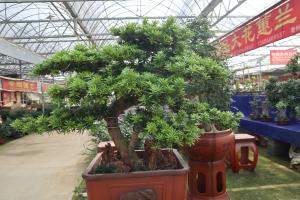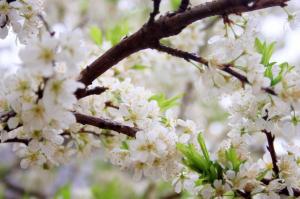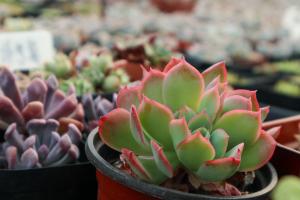1、 Curing method
1. Matrix selection: it does not have strict requirements on soil quality. It is OK to use general garden soil. If conditions permit, it is best to choose sandy loam with good air permeability and loose soil

2. Light management: it likes cloudy and humid environment and is afraid of strong direct light, so it is more suitable for breeding in semi shady position. The light is strong in summer and autumn, which is easy to burn its leaves. Shading and sunscreen measures need to be taken. The daily maintenance can be placed indoors with good light, and there is no need to move to the outdoor environment to bask in the sun

3. Water management: in summer when the temperature is high, it is necessary to strengthen the irrigation of plants. It is best to irrigate them once every morning and evening, and spray water around appropriately to improve the humidity of basin soil and environment. In spring and autumn, watering should be "dry and wet", and in winter, watering should be reduced to prevent plant root rot or frostbite

4. Temperature management: it likes warmth and has relatively poor cold resistance. It grows well at the temperature of 20 ℃ - 28 ℃. It is best to keep the room temperature above 8 ℃ in winter. If the temperature is low, appropriate cold resistance measures should be taken to avoid the death of plants due to frostbite

2、 Breeding skills
1. Propagation method: it can be propagated by sowing method or ramet method, among which ramet method is more common. The ramet is usually carried out from February to March. It can be divided into several rooted plants and planted separately

2. Method of changing pots: it is best to change pots every spring. The diameter of flower pots can be selected according to the size of plants

3、 Problem diagnosis and treatment
1. Yellowing of leaves: it is very afraid of direct sunlight. If the leaves are exposed to strong light for a short time, it will cause yellowing or even scorch. At the same time, the lack of water will also lead to yellowing of leaves. We should pay attention to shading and give sufficient water

2. Frostbite: it has poor cold resistance. Avoid cold and frost. It will frostbite or even die in an environment close to 0 ℃. If the temperature in winter is lower than 10 ℃, reduce watering, keep the basin soil dry, and take appropriate heat preservation measures to help them survive the winter

4、 Other issues
1. Placement: it has clear leaf markings, thick green leaf color, high gloss, dignified and elegant, excellent viewing effect and simple maintenance. It can survive for a long time without too much care. It is very suitable for indoor potted cultivation as greening decoration

2. Toxicity: its leaf juice is toxic and highly toxic, which will make people hoarse. When breeding at home, we must pay attention to avoid eating by children and pets


 how many times do yo...
how many times do yo... how many planted tre...
how many planted tre... how many pine trees ...
how many pine trees ... how many pecan trees...
how many pecan trees... how many plants comp...
how many plants comp... how many plants can ...
how many plants can ... how many plants and ...
how many plants and ... how many pepper plan...
how many pepper plan...































